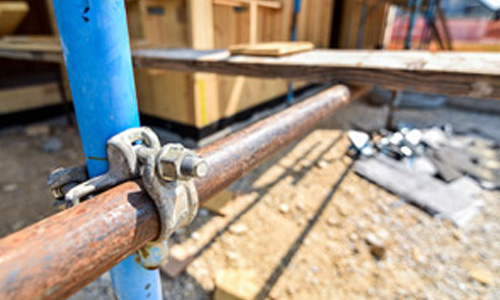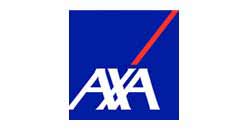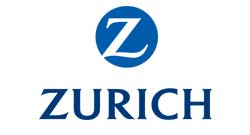
In any building development you will need to consider the following insurances:
Existing structure cover– If you have a premises which you decide to develop you will need to cover the existing property even if it’s just the front façade being left as this will not be included in any other insurances. This is the cover that the bank/lender will normally request This cover is normally basic (i.e. restricted to fire, lightning, earthquake/explosion, aircraft & subsidence)is because of the ongoing works. A more comprehensive cover can often be applied to include malicious damage and escape of water, however restrictions will apply.
Once the structure has been completed prior to sale a more comprehensive cover can be applied, this can cover the theft of white goods and furniture etc.
In this case as you explained you will be demolishing the property this insurance will not be necessary.
Property Owners Liability: Often supplied with the existing structure cover, or the public liability policy, this willcover you for any costs and damages awarded to a member of the public if they suffer an injury following an accident on, or linked to, your premises. In this case an example would be someone stepping on a nail or falling over and breaking their ankle, due to the unstable site.
Public Liability: this protects you if clients or members of the public suffer personal injury or property damage because of your business/project. This will also kick in on a contingent basis, covering you in the event that a contractors (builders) insurance fails and does not pay out for damages to third parties, ensuring you are protected correctly.
Employers Liability: protects you against the cost of compensation claims arising from employee illness or injury, sustained as a result of working for you. In this case it will cover your labour only subcontractors.
Contractors All Risk: In particular contract works will cover you for loss or damage to building works while your company is responsible for them. Insuring your construction projects (both permanent and temporary), as well as all materials you’re using on the project. For example if you are installing a dormer and this burns down, this is not a third party’s property nor is it part of the existing structure, therefore you will need this insurance to cover the cost in case an event like this does occur.
JCT 21.2.1 (non-negligence insurance)- JCT Clause 21.2.1 Insurance (otherwise known as “non-negligence cover”) provides cover against liability for loss or damage to adjacent or surrounding property. The policy cover in extended to include work that is carried out by a contractor or sub-contractor. As you’re not doing any underpinning, basement works, piling or other major ground shifting works, additionally you said the neighbouring properties were distant, so again this insurance I not relevant in this case.
Building Warranty (Latent defect) Insurance: 99% of the people who will be buying the property from you will have to get a mortgage and for the sale to go through a 10-year building warranty will required from the lender. Secondly, further down the line whilst you are hopefully working on another project, should a latent defect occur (one not found at practical completion through thorough inspection) you will want to be covered not only for a monetary reason but also for a time saving practical reason as the insurers will take care of this for you.




